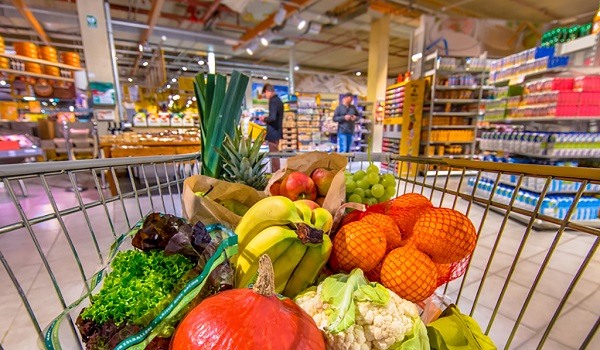Toronto restaurants face double-digit decline of in-people patronage, suggesting pullback in discretionary spending
Toronto restaurants have witnessed a year-over-year, double-digit decline in the volume of in-person diners, according to new data from OpenTable, which suggests consumers are pulling back on discretionary spending amid the rising cost of living.
Over the first 10 days in September, the number of seated diners in the city was down 10 per cent compared to the same period last year. The latest figures from the online reservation service mark a continued decline in the popularity of in-person restaurant dining, with the volume of seated diners in Toronto now below 2022 levels for more than three consecutive months.
The statistics out of Toronto also echo trends taking hold in other parts of Canada, and comes as the association representing the country’s food service industry warns that restaurants are “teetering on the edge.”
“Our members are still very much in recovery mode,” said Tracy Macgregor, vice president of Ontario for Restaurants Canada. “The first half of 2023 started strong … but I can tell you that we’re definitely hearing that numbers are down.”

Challenges this year rival those from 2020, industry warns
In Montreal, the industry’s recovery appears to have slowed, with year-over-year growth for in-person dining stagnant at zero per cent so far this month. Meanwhile in Edmonton, restaurant attendance has been contracting since May. And overall, in Canada, the volume of in-person diners this summer has been less than the numbers recorded for the previous summer.
The OpenTable data is sourced from the platform’s State of the Industry Dashboard, which tracks online, phone and walk-in reservations from restaurants that subscribed to the service a year ago.
The industry figures come just a month after Restaurants Canada warned that the challenges the industry is facing this year rival those from 2020. the previous summer.
The OpenTable data is sourced from the platform’s State of the Industry Dashboard, which tracks online, phone and walk-in reservations from restaurants that subscribed to the service a year ago.
The industry figures come just a month after Restaurants Canada warned that the challenges the industry is facing this year rival those from 2020.
“Restaurants are resilient, but the threats the face are severe,” the report concluded. “Half of restaurants and food service companies report operating at a loss or just breaking-even as food costs continue to grow. Urgent changes are needed to help restaurant businesses survive and thrive over the months ahead.”
Consumer spending plunges as cost of living rises
A Restaurants Canada online survey of its members from July found eight in 10 restaurant companies reported lower profits in 2023 than in 2019, with rising food and operational cost compounding existing economic challenges.
“All these things are hitting at the same time that consumers are feeling the pinch as well, so it’s affecting restaurant profitability very strongly,” noted Macgregor.
The new data also aligns with other reports, which suggest consumer spending has plunged as Ontarians start to feel the pinch from rising interest rates.
A report released last month by the Canadian Chamber of Commerce showed that Ontario led the country with the biggest drop in consumer spending at 8.5 per cent month-over-month in July compared to a 3.6 per cent drop nationally.
Restaurants resilient, expert says, but tough times ahead
Last week, the Bank of Canada announced it was holding interest rates steady as the country enters a period of weaker growth.
“Economic growth slowed sharply in the second quarter of 2023, with output contracting by 0.2 per cent at an annualized rate,” the central bank said in a press release explaining its decision. “This reflected a marked weakening in consumption growth and a decline in housing activity, as well as the impact of wildfires in many regions of the country.”
Amid the slowdown, Macgregor said restaurants are still trying to attract customers back to dine in-person, with special deals and creative experiences. But many in the industry don’t expect much relief in the coming fall and winter seasons.
“We think it’ll be tight,” she said. “And there’s always this looming, ever-present threat of a potential economic downturn.”
This article was reported by The Star
















